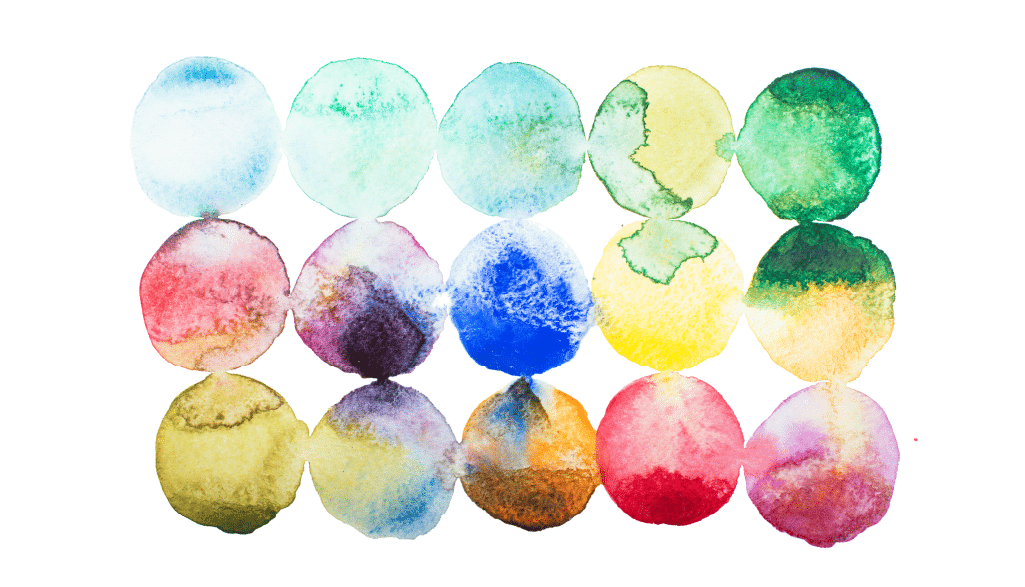Follow these 7 tips when pipetting small volumes to get consistent assay results

If you’ve ever had to pipette really small volumes, such as what is required in 384-well plates, you’re definitely familiar with the frustrations that come along with it. The concentration alone is enough to make your eyes glaze over. On top of that, having to keep track of reagents, rows upon rows of wells, bubbles — the task can become daunting quickly.
Have you ever meticulously planned your workflow, only to find that your replicates have too much variance, forcing you to redo your experiment? Certain assays can be very sensitive to volumetric errors, insufficient mixing, evaporation, or the presence of bubbles in the wells. Have you ever looked down at your wells and silently screamed in frustration as each visible bubble eats into your confidence?
Overlooking any of these elements can have undesirable effects on the results of your assay, and you would probably never blame pipetting for them. If these scenarios are too familiar to you, here are some best practices that will improve your pipetting technique as well as guarantee successful assays and consistent results.
1. Choose the right pipette and pipette tips
Volumetric errors are amplified at such low volumes. To mitigate these errors, be sure to select the proper pipette that delivers volumes that match your protocol. As a rule of thumb, select the smallest pipette capable of handling the volume you need. Pipetting accuracy decreases the further your pipetted volume is to the maximum volume of the pipette. If you’re pipetting 2µL, use a 2.5µL pipette instead of a 10µL one. Also, make sure that the tips you’re using fit snugly and reliably, and consider using thin tips for small wells, such as those found in 384-well plates.
2. Check that your pipettes are calibrated
Be sure the pipettes you’re using are also calibrated appropriately. You can do a quick check using distilled water and a microbalance. Since the density of water is 1g/mL, each microliter of distilled water at room temperature should weigh 1mg.
3. Dilute highly concentrated stock solutions
Working with highly concentrated stock solutions requires working with even lower volumes. If your wells can handle additional volume, prepare intermediate solutions. For example, work with 2X or 5X stock solutions instead of 10X if you can.
4. Avoid foaming and bubbles
Whether you’re weighing the benefits of popping bubbles with the pipette tip (without introducing more bubbles!), or you’re resigned to starting over, there are some preemptive measures you can take to avoid this problem in the first place.
Try reverse pipetting. Although this requires a little extra volume, bubbles and foaming are greatly reduced.
Consider using electronic pipettes and low-retention tips. Technology has come a long way for electronic pipettes, giving you control over blowouts and aspirating/dispensing speeds. Low retention tips compensate for the reduced surface tension of detergent-containing liquids and ensure no sample remains in the tip, leading to increased accuracy and reproducibility.
5. Check the liquid type settings if you’re using an automated liquid handling system
If you think that an automated liquid handling system is a solution to bubble formation by default, think again! You need to make sure the correct settings are selected. Liquid type is typically not automatically detected, meaning that you could be using the wrong settings for your needs.
6. Thoroughly mix the contents of the well
When handling small volumes, mixing is particularly important as handling mistakes are much more obvious. When mixing by pipetting, be sure to set the volume on your pipette equal to at least half the volume in the well you want to mix. While this can be done manually, you can save a lot of finger fatigue by learning how to set mixing programs on an electronic pipette.
Another way to mix low volumes is with the use of an orbital shaker. They gently mix the contents of the well without introducing bubbles.
Lastly, be sure to centrifuge your plates to ensure that after you mixed, the entire contents of the wells are at the bottom of the well. This step will also dislodge bubbles that may have been generated through the mixing process.
7. Prevent evaporation by covering your plate
Evaporation is always an issue when handling liquids, and the effects are magnified when working with small volumes. Use plastic plate covers after you are done or if you need to take a break. The plate remains covered until you are ready to use it. Alternatively, you can use parafilm or sealing tape to help prevent evaporation.
Although pipetting small volumes can be cumbersome and mind-numbing at times, hopefully, these tips will help you get accurate and reproducible results without causing a headache. These tips are particularly useful if you are setting up a TRIC assay with Dianthus, which uses a 384-well plate format for affinity screenings of challenging targets.
